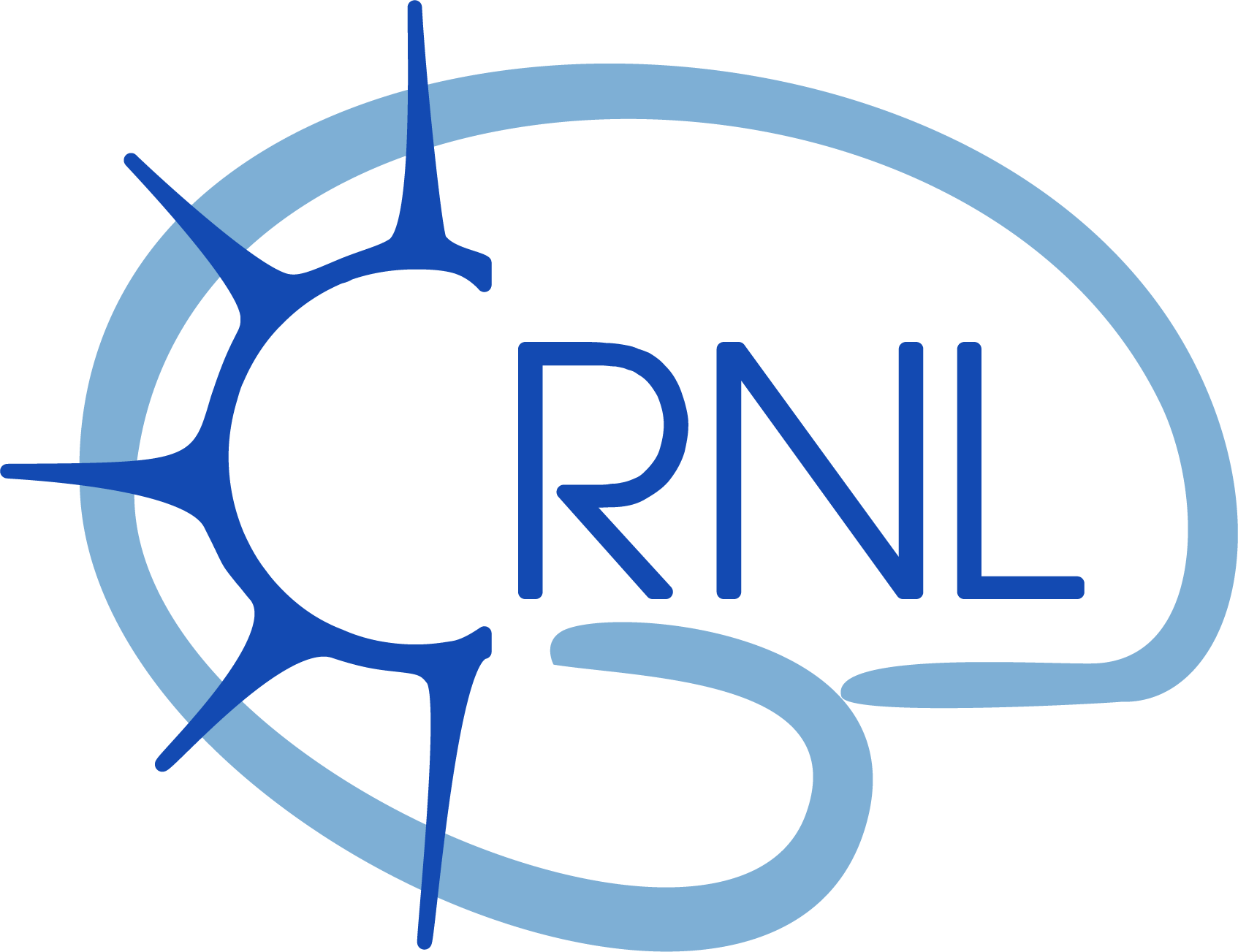Time-resolved dynamic computational modeling of human EEG recordings reveals gradients of generative mechanisms for the MMN response
Résumé
Despite attempts to unify the different theoretical accounts of the mismatch negativity (MMN), there is still an ongoing debate on the neurophysiological mechanisms underlying this complex brain response. On one hand, neuronal adaptation to recurrent stimuli is able to explain many of the observed properties of the MMN, such as its sensitivity to controlled experimental parameters. On the other hand, several modeling studies reported evidence in favor of Bayesian learning models for explaining the trial-to-trial dynamics of the human MMN. However, direct comparisons of these two main hypotheses are scarce, and previous modeling studies suffered from methodological limitations. Based on reports indicating spatial and temporal dissociation of physiological mechanisms within the timecourse of mismatch responses in animals, we hypothesized that different computational models would best fit different temporal phases of the human MMN. Using electroencephalographic data from two independent studies of a simple auditory oddball task (n = 82), we compared adaptation and Bayesian learning models’ ability to explain the sequential dynamics of auditory deviance detection in a time-resolved fashion. We first ran simulations to evaluate the capacity of our design to dissociate the tested models and found that they were sufficiently distinguishable above a certain level of signal-to-noise ratio (SNR). In subjects with a sufficient SNR, our time-resolved approach revealed a temporal dissociation between the two model families, with high evidence for adaptation during the early MMN window (from 90 to 150-190 ms post-stimulus depending on the dataset) and for Bayesian learning later in time (170-180 ms or 200-220ms). In addition, Bayesian model averaging of fixed-parameter models within the adaptation family revealed a gradient of adaptation rates, resembling the anatomical gradient in the auditory cortical hierarchy reported in animal studies.
Fichier principal
 Poublan-couzardot 2023 Time-resolved computational modeling of the MMN.pdf (4.38 Mo)
Télécharger le fichier
Poublan-couzardot 2023 Time-resolved computational modeling of the MMN.pdf (4.38 Mo)
Télécharger le fichier
| Origine | Fichiers éditeurs autorisés sur une archive ouverte |
|---|---|
| licence |


